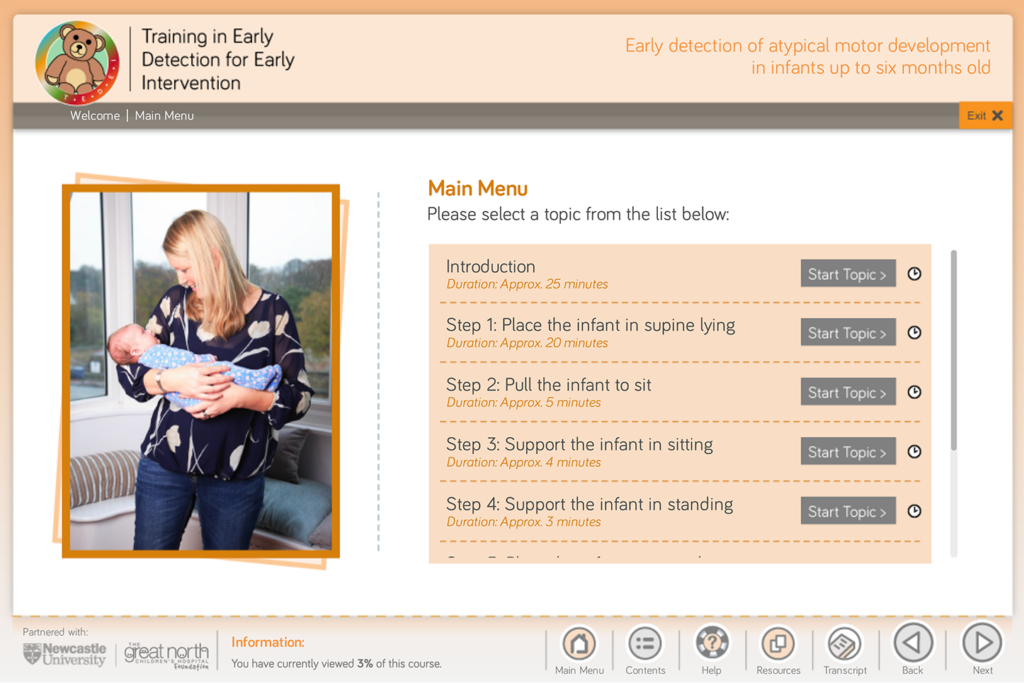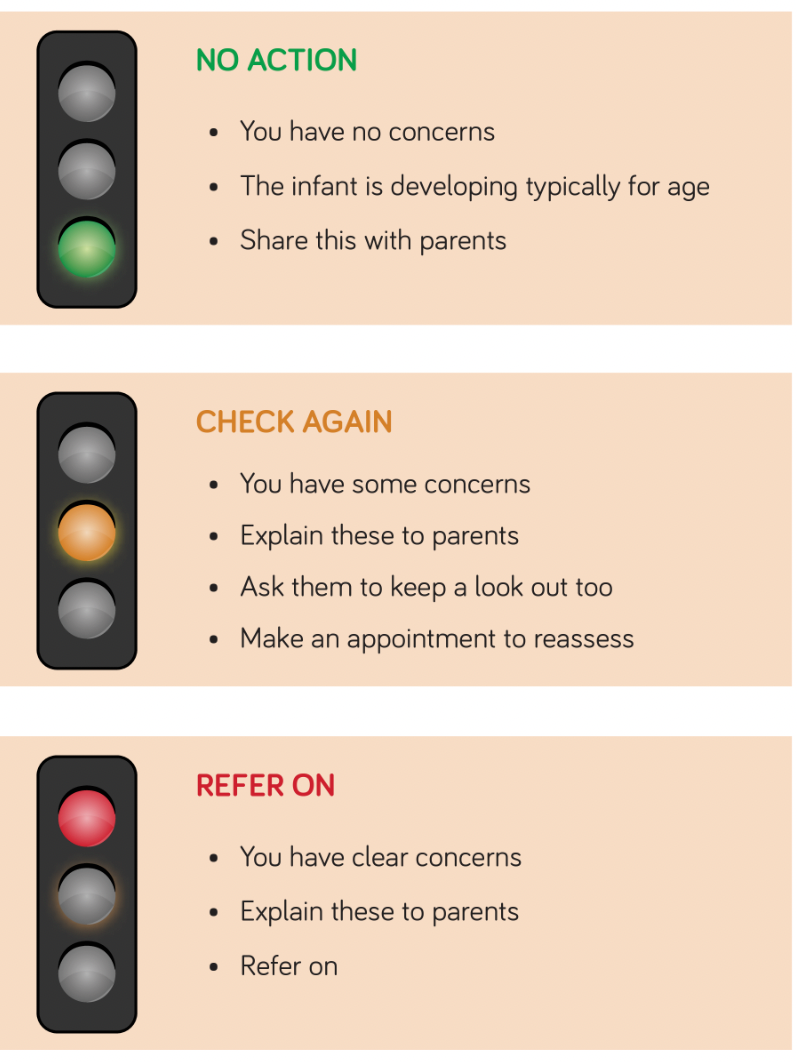The paper, titled Transforming musculoskeletal anatomy learning with haptic surface painting , was featured as the cover story for the July/August edition of Anatomical Sciences Education, showing the technique in action.
The paper describes the development and evaluation of haptic surface painting (HSP), a novel body painting approach that has been designed to support learner exploration and observation of anatomy. HSP involves the use of touch, sight, and food colouring to locate and paint the positions of muscles, tendons, ligaments, and bones directly on to the skin. Having used HSP, medical students identified that the approach was accessible, flexible, and empowering, and provided positive impacts on their three-dimensional spatial awareness and cognitive freedom when studying clinically relevant anatomical concepts.
As part of work on the Exploring 3D Anatomy MOOC, brought to life with help from FMS TEL, Iain and Leonard have also developed this as an asynchronous workshop that students can follow at home with video guidance. This, alongside other Exploring 3D Anatomy exercises are available as a free course to a wider audience.



